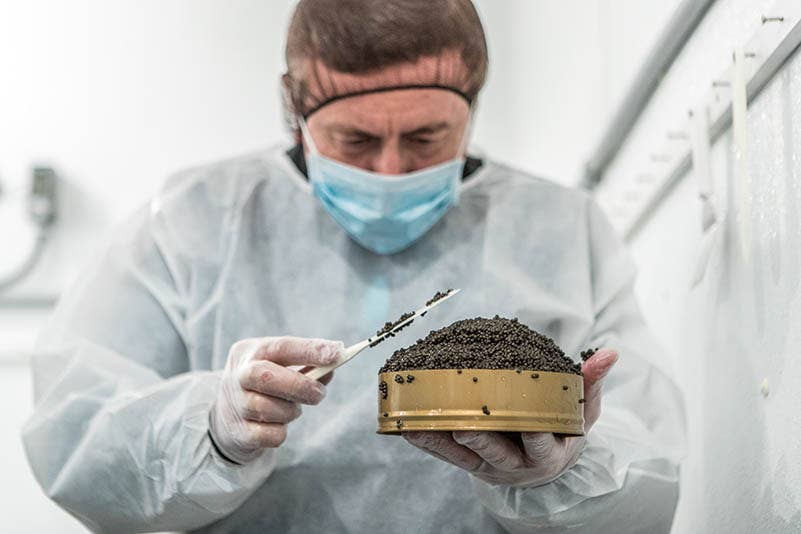
How America’s Finest Caviar Gets Made
In Idaho’s Snake River Valley, local white sturgeon swim happily in a shining example of fish farming done right
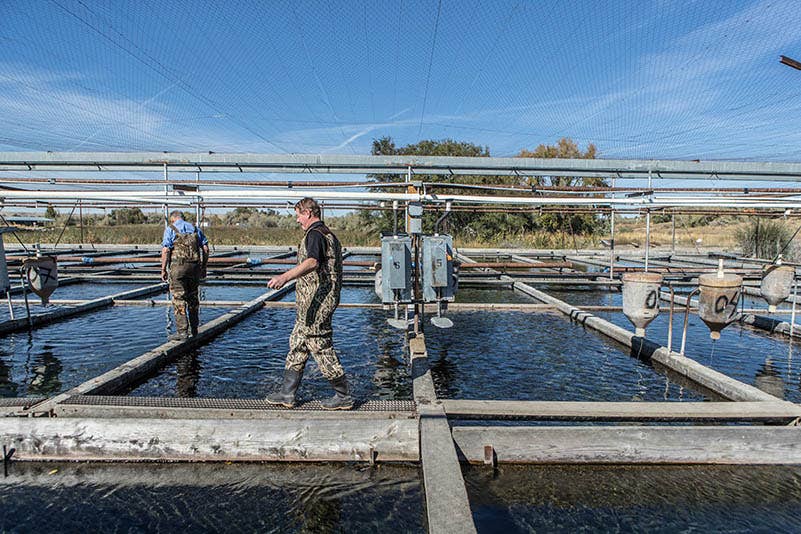
"They like to have their noses rubbed," says seafood trader Rod Mitchell about the six-foot-long white sturgeon he held in his arms at a farm in Idaho's Snake River Valley. "But they do not like to be lifted out of the water." His cohort in this season's caviar harvesting, chef Daniel Boulud, discovered this soon thereafter, as the sturgeon tail-splashed him in the face.
But for Boulud, it’s worth it: “It’s the finest American caviar you can get.”
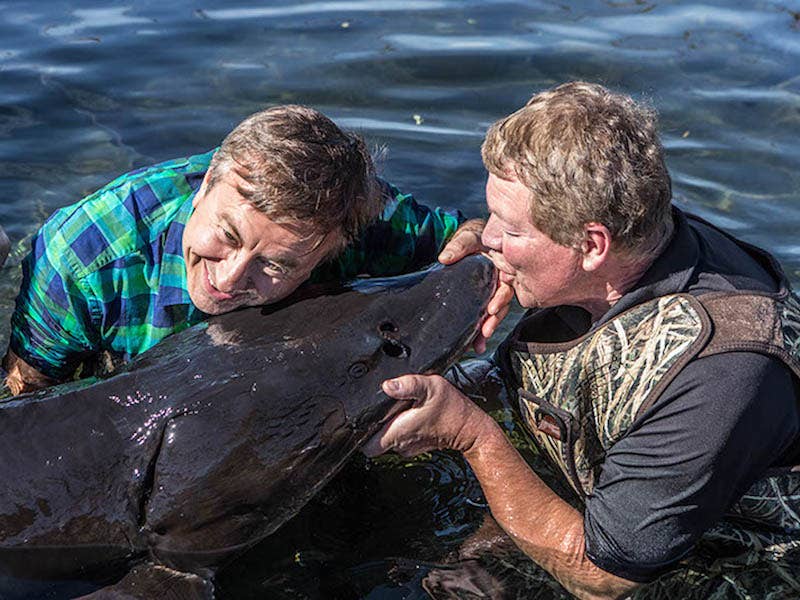
At aquaculturist Leo Ray's sturgeon farm in Hagerman, Idaho, these otherwise gentle giants are well accustomed to such star treatment. "It's a small, boutique-type farm," says Boulud, "much like a small winery. It's all very hand-crafted and they don't produce a lot." In addition to ample nose rubs, the sturgeon are treated to pools fed by a mix of glittering mountain streams and hot geothermal springs that cycle through and refresh themselves every five minutes before returning to the river.
The effect is twofold: The crystal-clear waters are never still or recirculated, so there’s never any algae build-up (which can result in a muddy-tasting caviar) and the sturgeon produce perfectly clean, rich roe.
Most sturgeon spend a good part of their life in brackish waters, like the osetra, sevruga, and beluga in the Caspian Sea, but the white sturgeon, native to the Pacific Northwest, has evolved to live out its days in freshwater rivers like the Snake. Due to extinction-threatening population levels, wild sturgeon are very rarely legally hunted for their caviar, but farming them offers a solution that also, at its best, merges effortlessly into the existing ecosystem. Because of the constant fresh water flow Boulud says, “it’s as if they’re swimming in the river.”
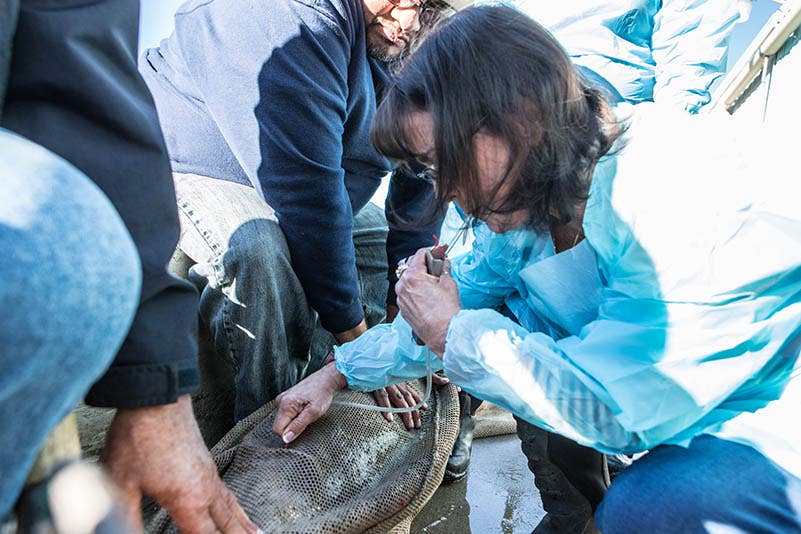
The sturgeon here live pampered lives for often more than 12 years before they’re mature enough for their roe to be harvested. That’s a long wait for a return on investment, since you have to kill a sturgeon to extract the roe. The membranous egg sacs run all along the belly of the fish and in some cases can account for up to 25% of the sturgeon’s body weight. But at Leo Ray’s farm, and most sturgeon farms, any fish that are killed for their caviar are also processed and sold to fish markets, so nothing is wasted.

There is a sweet spot in timing too, usually about three days before the sturgeon would naturally lay the eggs herself. Wait until she lays them and the caviar will be too soft—the firm, poppable membranes caviar lovers prize so much break down to facilitate fertilization after the eggs are laid. But if you harvest too soon, the eggs will be undeveloped, too small, and overly fatty.
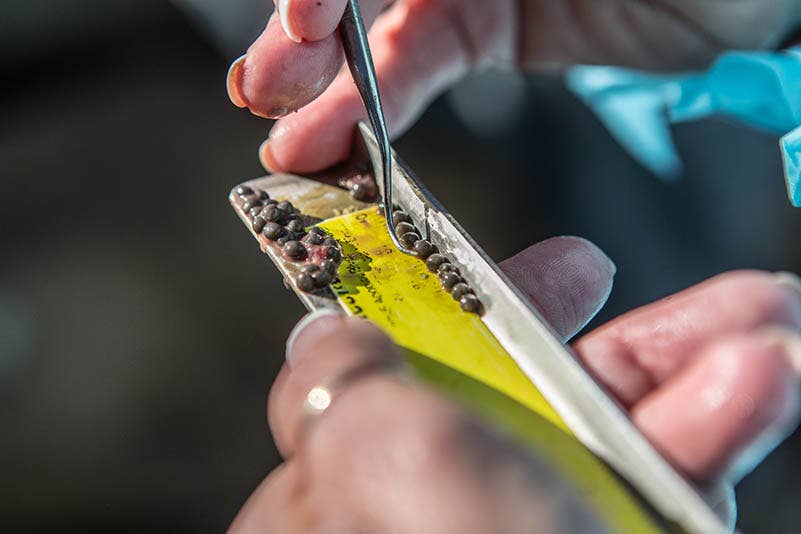
To make sure they’re ready, the harvester must make a small incision in the sturgeon’s belly, insert a length of plastic tubing, and, using their mouth, suck a gloopy bundle of eggs out into the body of the tube. They’ll then spit them out into their hand and conduct an inspection, measuring them against a rule for optimum shape and size.
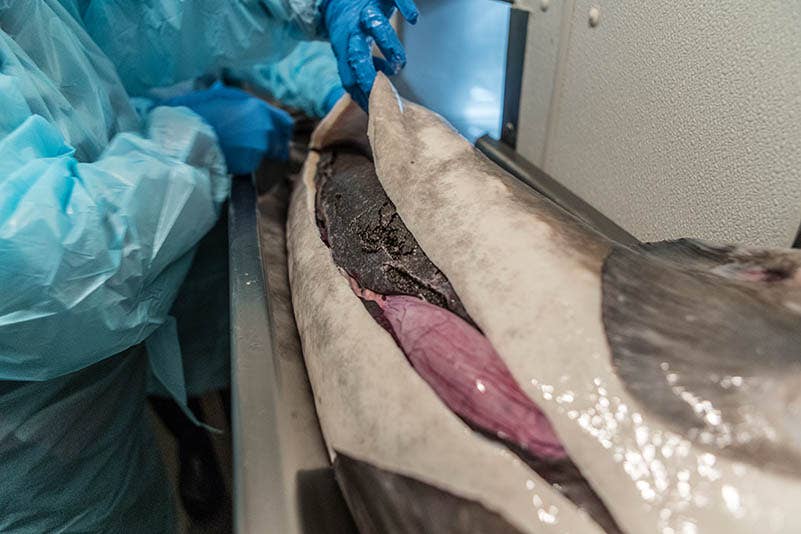
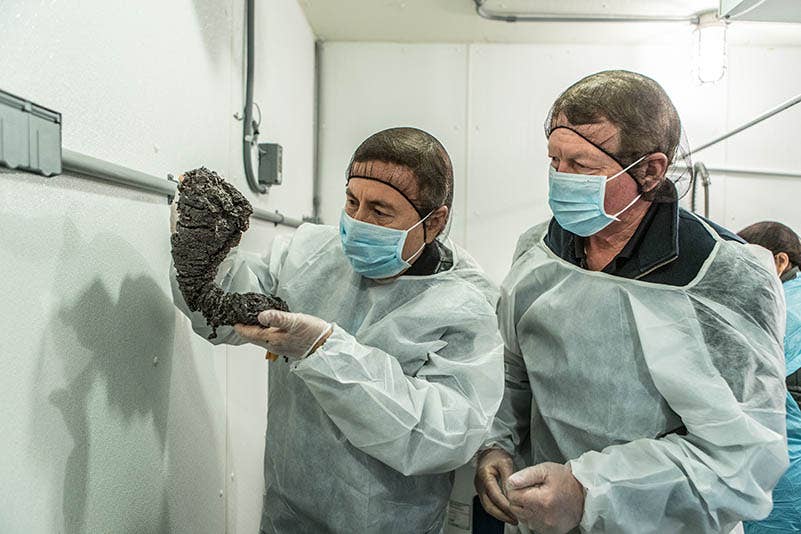
When the eggs are ripe, there’s no way around what comes next: A mallet to the head stuns the fish, and while it’s still alive, a slit is made all the way down the belly, exposing the bulging egg sacs. The sacs are stripped from the flesh and gently massaged into a sieve to separate the eggs from the membranes. After a quick rinse, the results are heaps of pearly forest-green proto-caviar, and impurities and imperfections are meticulously extracted with tweezers.
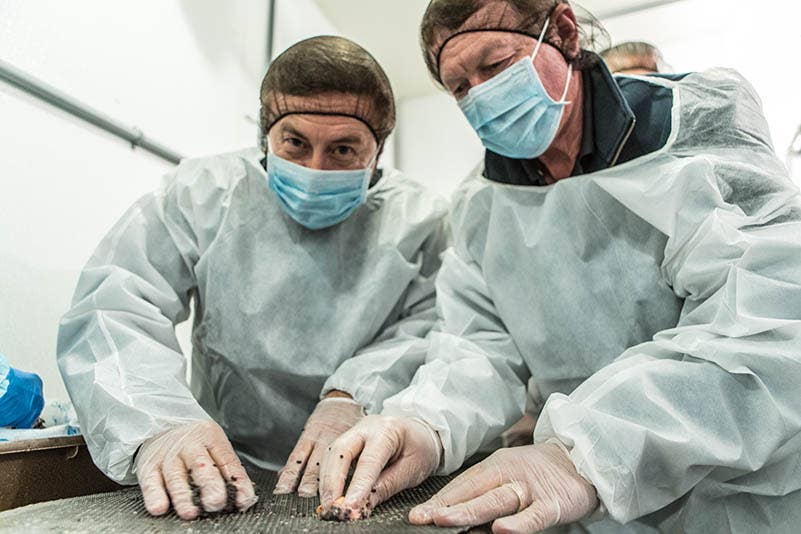
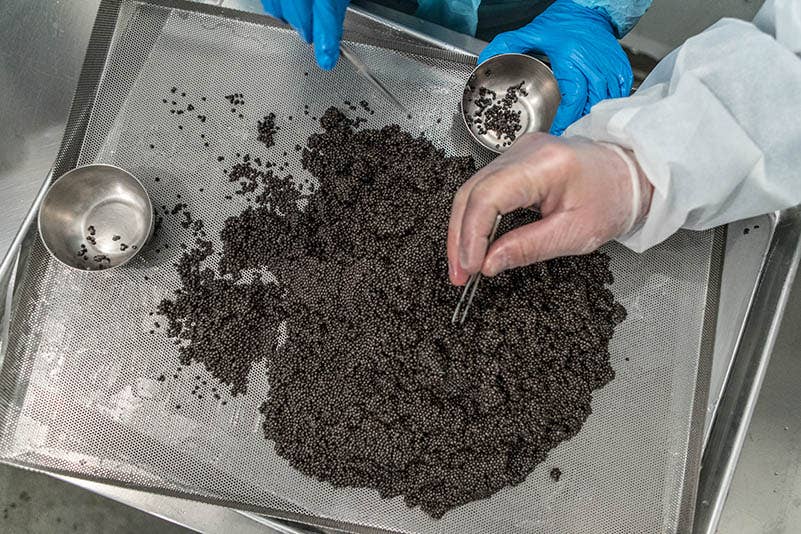
Once they’re perfectly clean, they’re salted and canned; caviar’s distinct brininess comes not from the salt water in the eggs themselves (which, in the case of Snake River’s white sturgeon, is none), but from a salt cure of 3.75% by volume. “Without the salt cure,” says Boulud, “the taste is a little too fatty and bland.” The curing time is up to the producer, but once the salt is folded into the roe, the resulting brine is drained, and the caviar is cured for a minimum of two to three weeks in the can before going up for sale.
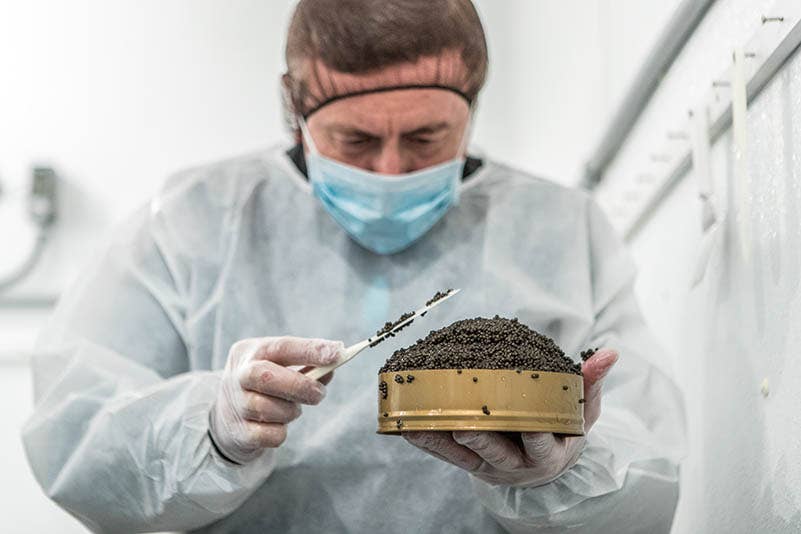
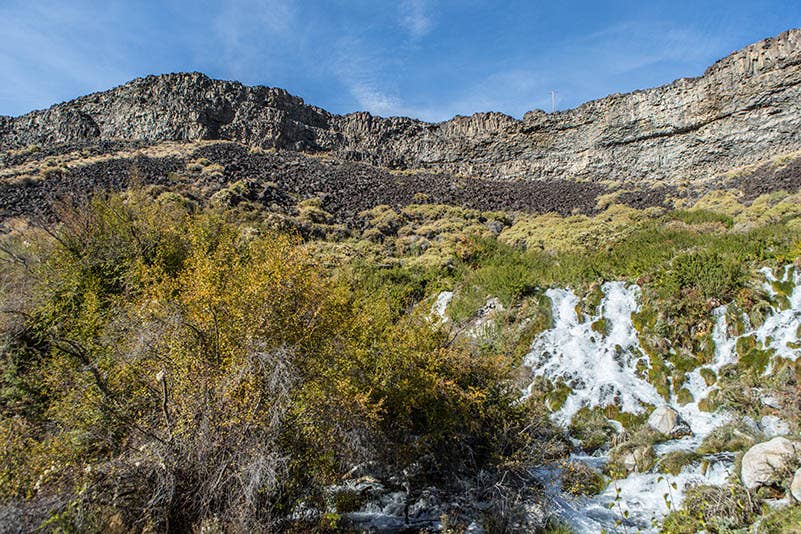
The final product is, as Boulud says, America’s finest. The eggs are medium to large in size, and even at the one farm can range in color from slate grey to light amber to black. With the sturgeon fed on crustaceans and greenery, the body is distinctly bright, without a heavy fattiness, and the flavor is as clean and pure as the water that feeds them, a “delicate mushroom flavor,” according to Boulud.
Nearby, Boulud says, “a stream shoots out through the side of a mountain—the purest water I’ve ever seen, cascading down—it was surreal, and this is what feeds that farm.”
Keep Reading
Continue to Next Story










